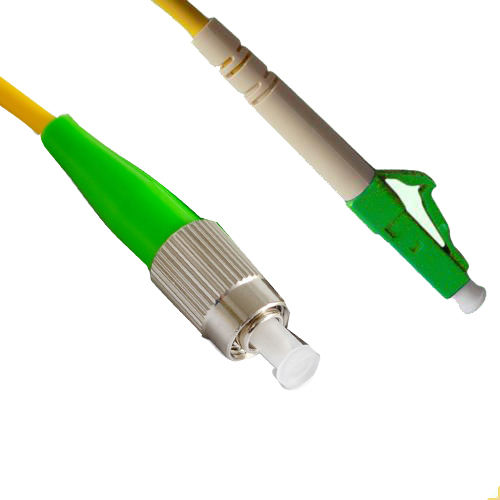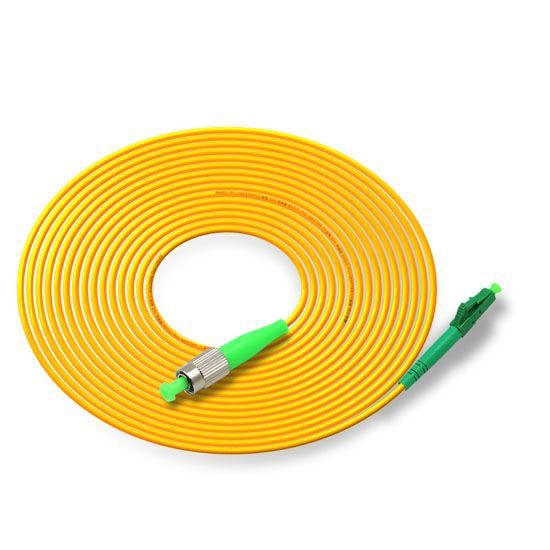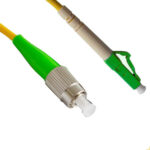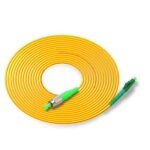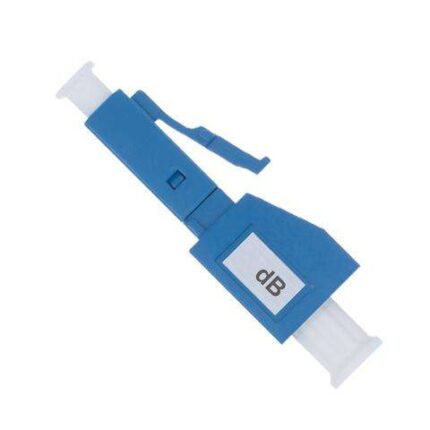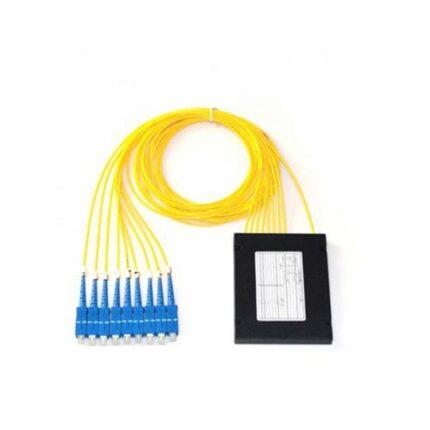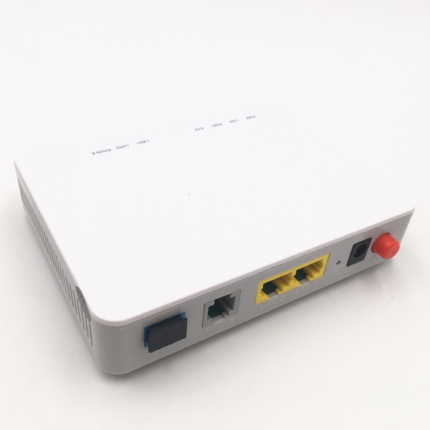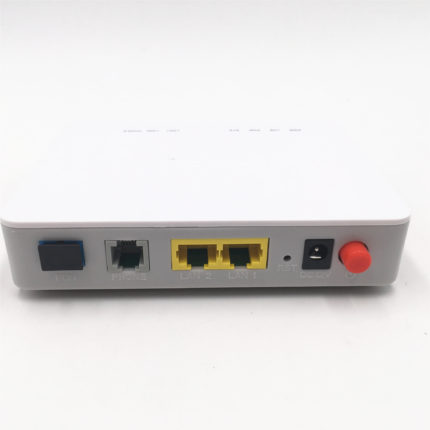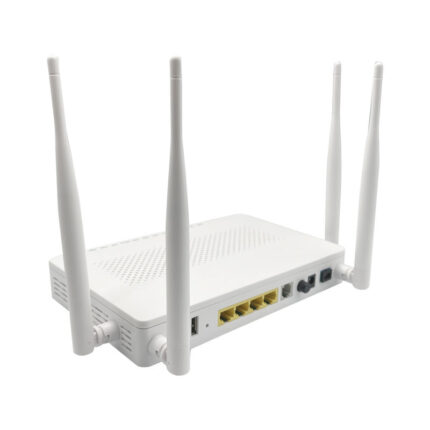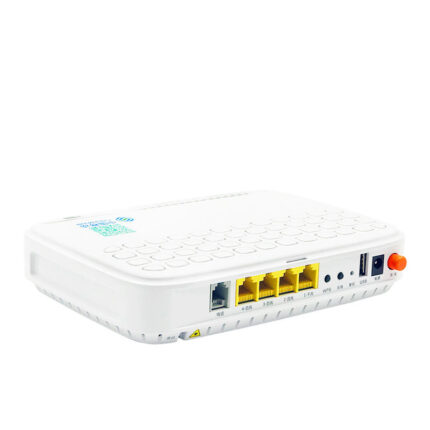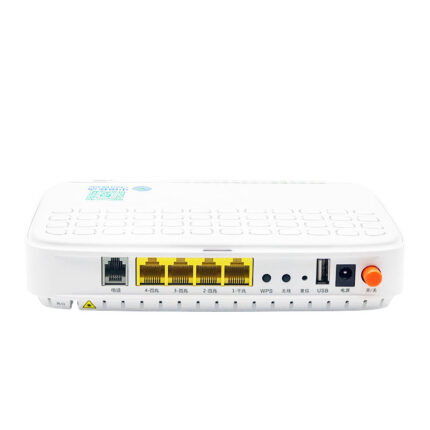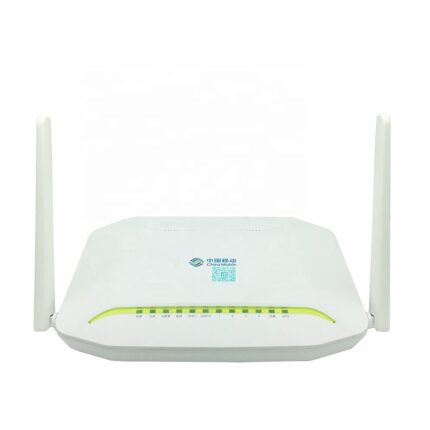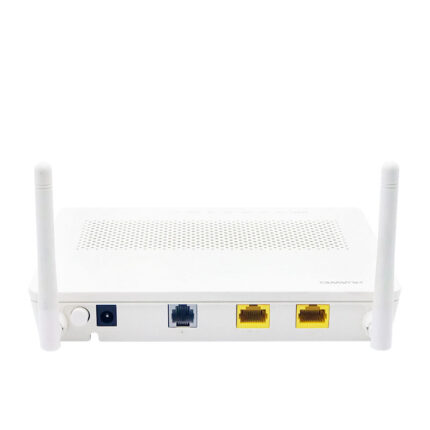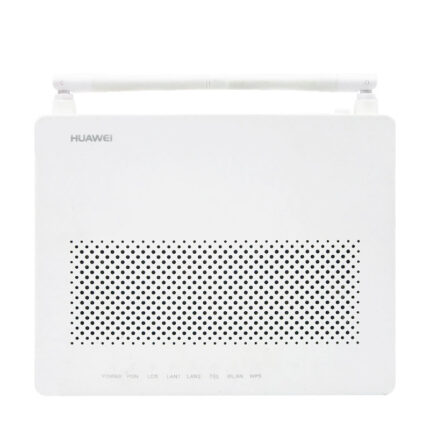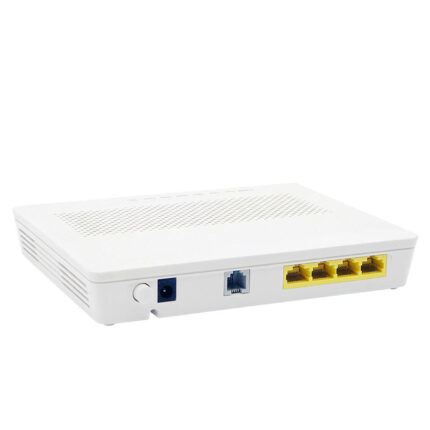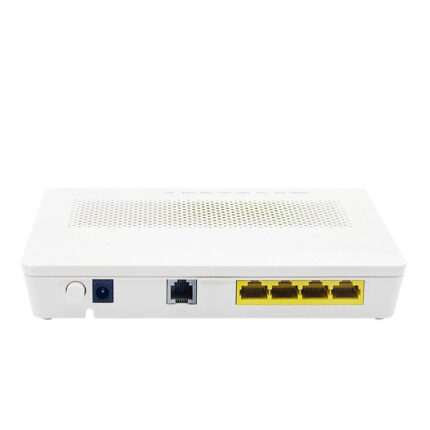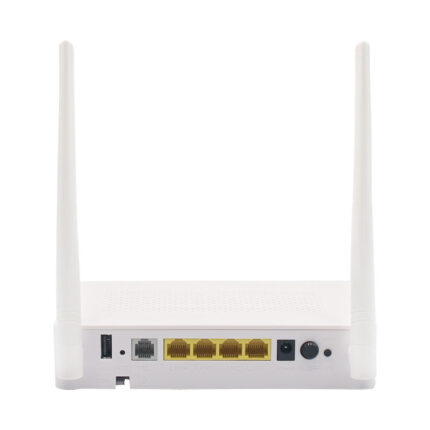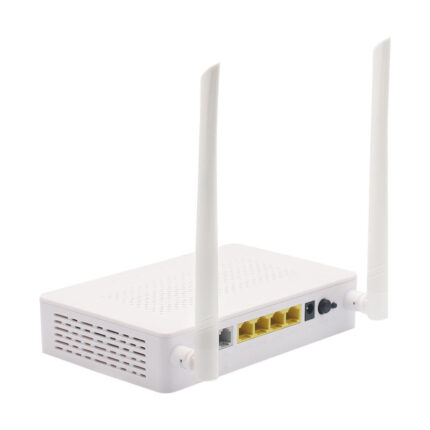Fiber Optic Patch Cord Description:
A Fiber Optic Patch Cord is a crucial component in telecommunications and networking systems, facilitating high-speed data transmission over long distances. Comprising fiber strands enclosed in protective jackets, these cords feature connectors at each end for easy integration into networks. They come in various types, including single-mode and multi-mode, with different connector options like LC, SC, and ST.
Patch cords are designed for durability, with protective jackets guarding against environmental hazards. They play a vital role in ensuring reliable connectivity in applications ranging from data centers to telecommunications infrastructure.
Fiber Optic Patch Cord Features:
- High-Speed Data Transmission: Facilitates the rapid transmission of data over long distances, essential for modern telecommunications and networking needs.
- Variety of Fiber Types: Available in single-mode and multi-mode variants, catering to different bandwidth and distance requirements of various applications.
- Diverse Connector Options: Offers a range of connectors such as LC, SC, ST, etc., ensuring compatibility with different network equipment and standards.
- Robust Construction: Designed with durable materials and protective jackets to withstand environmental factors like moisture, temperature fluctuations, and physical wear and tear.
- Low Signal Loss: Minimizes attenuation, ensuring efficient data transmission and reliable connectivity across the network.
- Easy Installation: Plug-and-play design with pre-terminated connectors simplifies installation, reducing deployment time and labor costs.
- Flexible Length Options: Available in various lengths to suit specific networking requirements, enabling flexible and scalable network designs.
- Color Coding: Often offered in different colors for easy identification and organization, facilitating efficient management of network connections.
- Compliance with Standards: Adheres to industry standards and certifications for quality assurance, ensuring compatibility and interoperability in diverse network environments.
- Cost-Effective Solution: Provides a cost-effective means of achieving high-speed, reliable connectivity compared to alternative networking solutions, such as copper cables or wireless technologies.
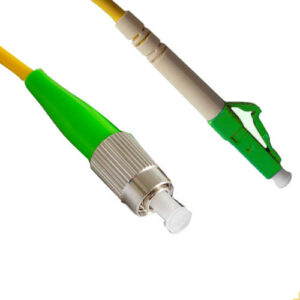
Applications:
- Common uses in networking, telecommunications, and data centers.
- Specialized applications such as in harsh environments or military settings.
Specifications of Fiber Optic Patch Cord:
| Specification | Description |
|---|---|
| Fiber Type | Single-mode (SM) / Multi-mode (MM) |
| Core Diameter | 9/125 µm (SM) / 50/125 µm (MM) or 62.5/125 µm (MM) |
| Connector Type | LC, SC, ST, etc. |
| Connector Polishing | UPC (Ultra Physical Contact) / APC (Angled Physical Contact) |
| Jacket Material | PVC (Polyvinyl Chloride) / LSZH (Low Smoke Zero Halogen) / OFNP (Optical Fiber Nonconductive Plenum) |
| Jacket Color | Various (e.g., Blue, Orange, Yellow, Aqua) |
| Cable Diameter | 2.0 mm, 3.0 mm, etc. |
| Length | Customizable (e.g., 1m, 2m, 3m, etc.) |
| Operating Temperature | -40°C to +75°C |
| Maximum Tensile Load | 100 N (Newtons) |
| Insertion Loss | < 0.3 dB |
| Return Loss | > 50 dB (Single-mode), > 35 dB (Multi-mode) |
| Standards Compliance | ISO/IEC, TIA/EIA, RoHS, UL Listed, CPR, etc. |
| Applications | Data Centers, Telecommunications, LAN/WAN, FTTX (Fiber to the x), etc. |
